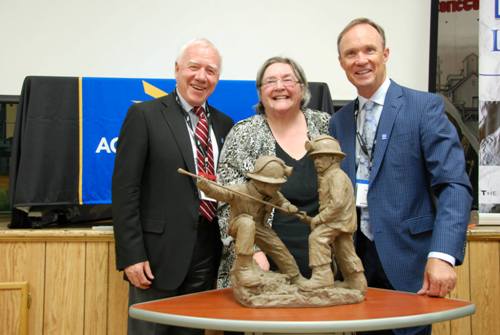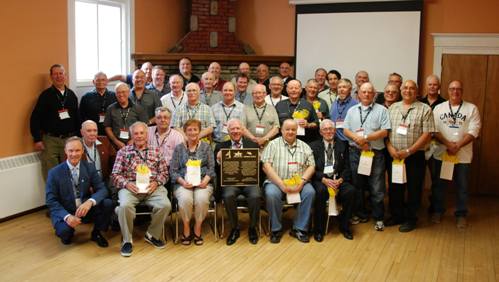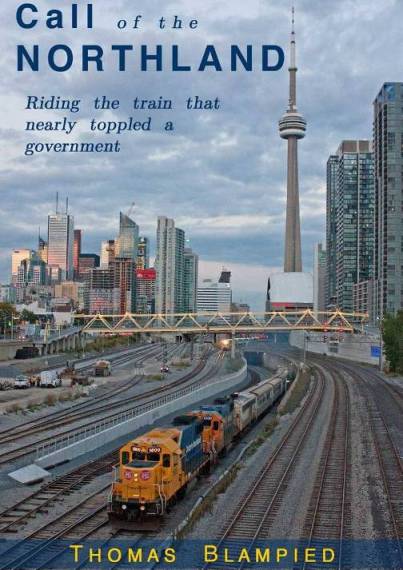The Daily Press is the city of Timmins broadsheet newspaper.
Karen Bachmann is the director/curator of the Timmins Museum and a local author.
TIMMINS – If you live in Timmins (or you’ve just driven through), you’ve passed by this complex, for lack of a better word, many, many times. It is a local landmark, a symbol of the Porcupine then and now. It is a monument to the thousands of miners and their families who have called this community home; indirectly, it has helped countless others set up businesses and make a home in this community. Its contribution to the social fabric of Timmins cannot be diminished – the people involved saw fit to start a hospital, a school, a train station, hotels, homes, sports facilities and clubs. The history of Timmins, like it or not, is intimately attached to the Hollinger Consolidated Gold Mines – even today.
The Daily Press published a brilliant supplement to their paper in July 1960, that celebrated the 50th anniversary of the Hollinger Gold Mine. As part of that celebration, Jules Timmins, president and chairman of the company (at 72 years young), was called upon to pour the 18,490th gold bullion bar, marking the Hollinger’s total production (to that date – July 22, to be exact) at a half-billion dollars, the largest output record of its kind in Canada. At that time, the Hollinger was the largest gold mine in Timmins and the second largest in Canada (it had just been surpassed by Kerr-Addison, in annual production).
A.F. Brigham, a former mine manager, predicted, back in the early 1920s, that the Hollinger would achieve this milestone by the end of the century. He did not count on the addition of the Schumacher property, which raised the reserves at the mine from 4 million tons (give or take) to a very healthy 6.3 million tons – allowing for the aforementioned feat to be achieved in half the time.
Read more


























